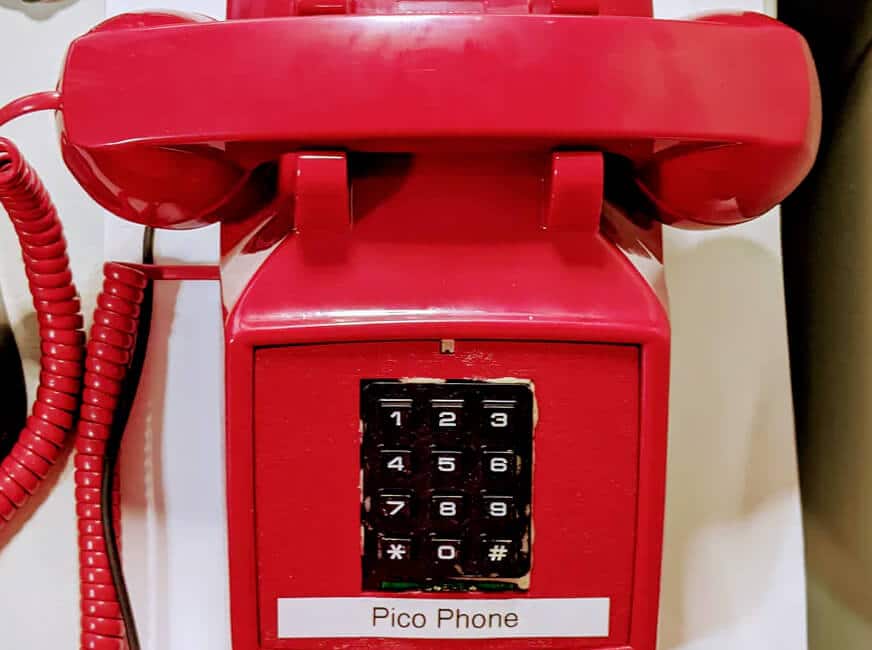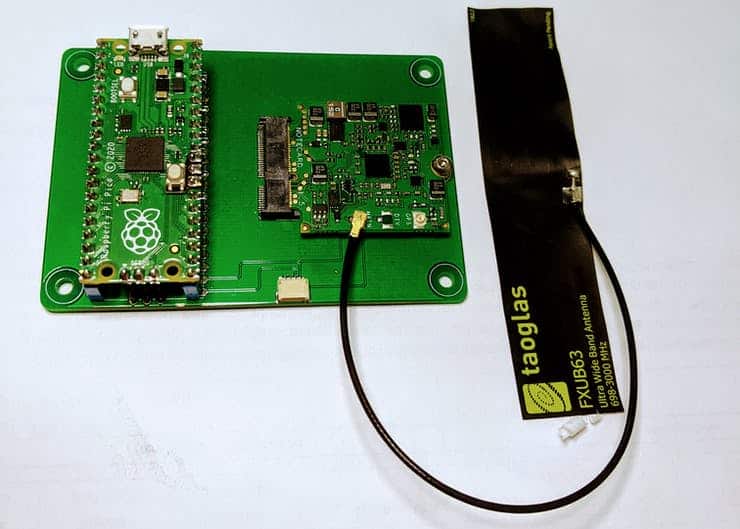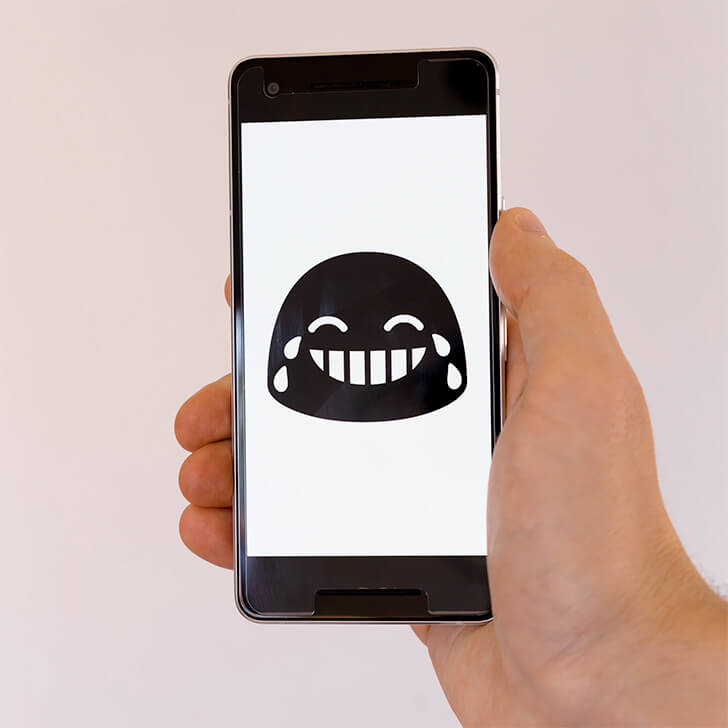Title Photo by Markus Winkler on Unsplash
As a father, it’s vital I have a handful of Dad jokes ready for when I need them. I have my preferred set, and occasionally my kids ask for more. While they may love my jokes, it’s more likely they are challenging me, hoping I run out of material. If only someone would build a phone that would send me fresh dad jokes on demand…

Sai Yamanoor and Srihari Yamanoor built Pico Phone, a device that sends dad jokes on-demand via SMS. No longer must I scrape the dark recesses of my brain for one more joke because now I can phone a friend and deliver fresh new dad joke material to the delight and disappointment of my children.
Sai is a Senior IoT Applications Engineer for Linde where testing and evaluating new hardware is part of his job. Linde is in the industrial gas business and their customers ask for IoT solutions for various business problems.
Sai received his master’s degree in mechanical engineering from Carnegie Mellon and has been involved in the maker space for some time. Sai and his brother Srihari form the diychamps team on Hackster, with three projects so far. In addition to Pico Phone, they’ve completed a Personal Health Dashboard to track and display physical activity, and Comprehensive Chronic Disease Management Tool that measures blood glucose, temperature, and physical steps for activity.
Ingredients
We were pleased to find Sai chose to evaluate the Blues Wireless Notecard and Notehub for the cellular connectivity portion of the Pico Phone. He appreciated how the Notecard integration simplified firmware software development by encapsulating the cellular connectivity portion into a simple API, allowing him to focus more on functionality, than communication utility.
The hardware side of the Raspberry Pi Pico Phone is built with the following components:
- Raspberry Pi Pico – the main brain
- Blues Wireless Notecard – cellular connectivity for IoT
- Sparkfun Qwiic Keypad – input device for number entry
The software side of the Raspberry Pi Pico Phone includes the following services:
- Twillio – SMS connectivity
- Notehub – data routing and endpoints
- Losant – Workflow and processing APIs
- Dad Jokes API – repository of dad jokes

Workflow
The workflow behind the Pico Phone is pretty straightforward:
- When a joke is needed, the user taps in a phone number into Pico Phone using the Sparkfun Qwiic Keypad.
- When the # key is pressed, the code in the Raspberry Pi Pico adds the number into a Note, then hands the Note to the Blues Wireless Notecard.
- The Notecard transmits the Note to Blues Wireless Notehub which routes the data to a Losant endpoint.
- Losant processes the data inside the Note, then calls the Twilio SMS API and passes in a random dad joke from the joke API.
- Twilio creates an SMS message containing our joke, then routes it to the number inputted in the Pico Phone.
- Dads everywhere tell the joke and kids roll on the floor laughing.
Conclusion
Now when I need a quick dad joke in a pinch, I can just tap a few numbers and relax, knowing a gem like this one will show up soon:
What’s the best thing about elevator jokes? They work on so many levels.
